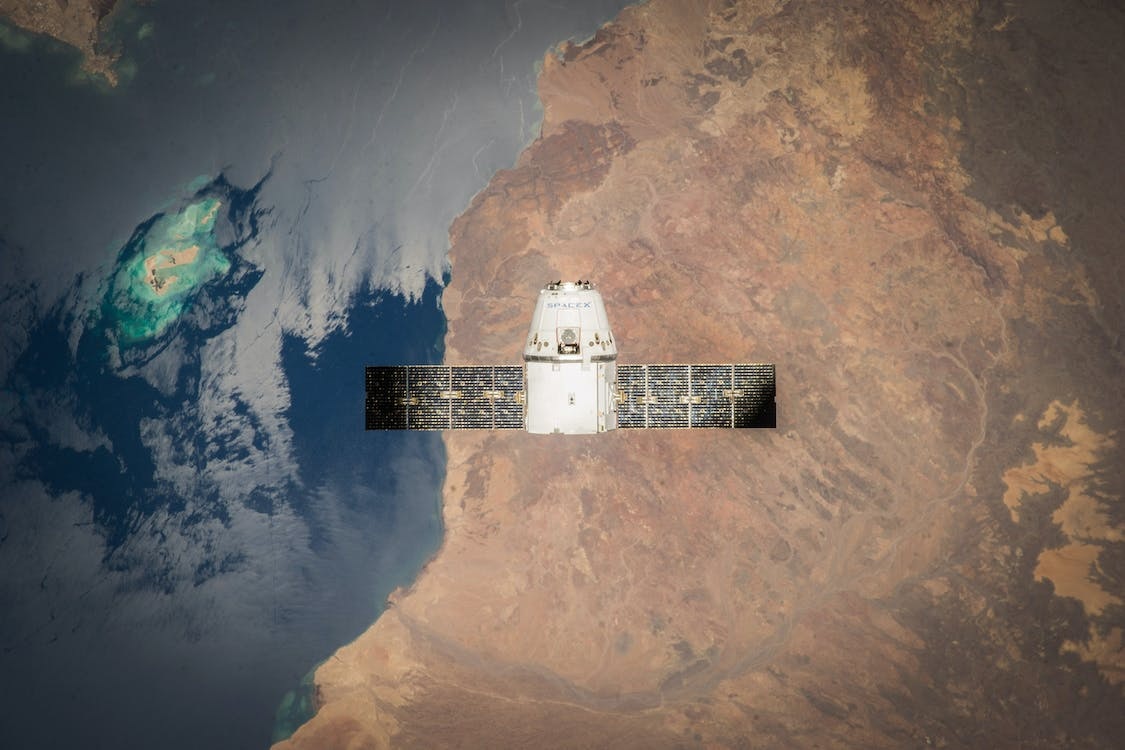The Indian Space Research Organisation (ISRO) is the space agency of the Government of India, established on August 15, 1969, with the vision of harnessing space technology for national development. Over the years, ISRO has evolved into a world-renowned space agency, achieving significant milestones in space exploration, satellite technology, and interplanetary missions. The agency has become a source of national pride and is widely respected internationally for its cost-effective and successful space missions.
ISRO’s primary objectives include the development and application of space technology for various national needs, advancing scientific research, and supporting societal welfare. The organization has made remarkable strides in satellite technology, remote sensing, meteorology, telecommunications, and earth observation.
One of ISRO’s key achievements was the successful launch of Aryabhata, India’s first satellite, in 1975. Since then, ISRO has launched numerous satellites for various purposes, including communication, navigation, weather forecasting, and scientific research. The launch of the Polar Satellite Launch Vehicle (PSLV) and Geosynchronous Satellite Launch Vehicle (GSLV) further enhanced India’s ability to deploy satellites into orbit, making it a preferred choice for launching satellites from other countries as well.
ISRO’s remarkable success came to global attention with its Chandrayaan-1 mission in 2008. Chandrayaan-1, India’s first lunar probe, made significant discoveries and confirmed the presence of water molecules on the moon’s surface. The success of Chandrayaan-1 marked India’s emergence as a major player in the field of lunar exploration.
In 2013, ISRO made history by launching the Mars Orbiter Mission (Mangalyaan) on its maiden attempt. India became the first country to reach Mars’ orbit on its first try and the fourth space agency globally to do so. The mission’s success earned widespread acclaim for ISRO’s cost-effective approach to space exploration.
ISRO’s advancements in space technology have also brought socio-economic benefits to the nation. Its satellite-based applications have revolutionized communication, agriculture, disaster management, and weather forecasting, among other areas. The Indian Regional Navigation Satellite System (IRNSS), known as NavIC, is an example of ISRO’s contributions to navigation and positioning services.
One of the significant factors contributing to ISRO’s success is its focus on cost-effectiveness. The agency has a reputation for launching satellites at a fraction of the cost of other space agencies, making space missions accessible to a broader spectrum of countries.
ISRO’s achievements have also been marked by its commitment to international collaboration. The agency has collaborated with various countries and space organizations, sharing expertise and participating in joint missions. Such collaborations have strengthened India’s position in the global space community.
In recent years, ISRO has continued to expand its horizons with ambitious plans for interplanetary missions and human spaceflight projects. The Gaganyaan mission aims to send Indian astronauts into space, making India the fourth country to achieve human spaceflight.
In conclusion, ISRO has come a long way since its inception and has grown into a leading space agency, making India a significant player in the space exploration domain. Its achievements have not only brought glory to the nation but have also positively impacted various aspects of life in India and beyond. ISRO’s dedication, innovation, and cost-effective approach continue to inspire the world and fuel aspirations for even greater space exploration endeavors.

